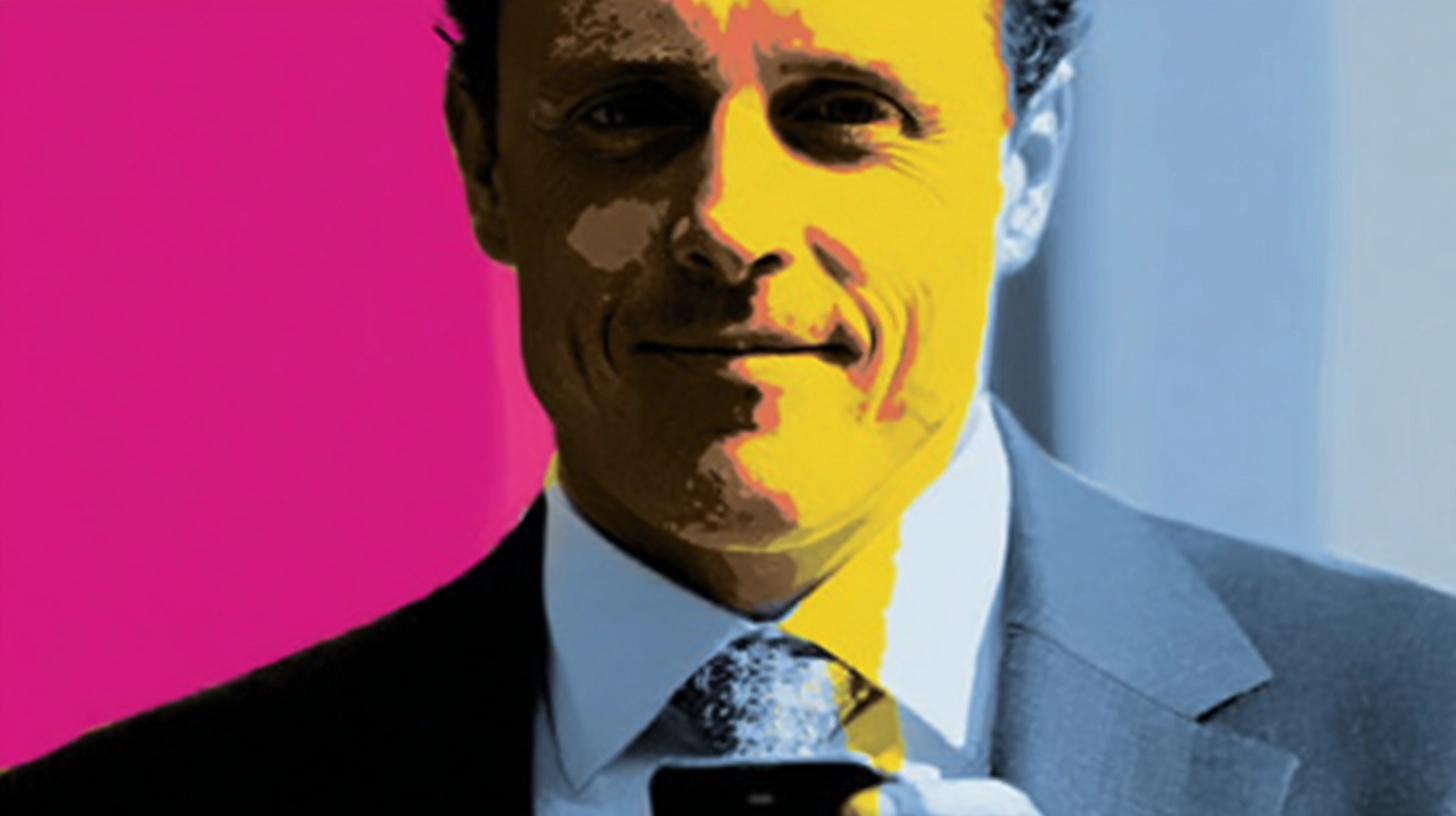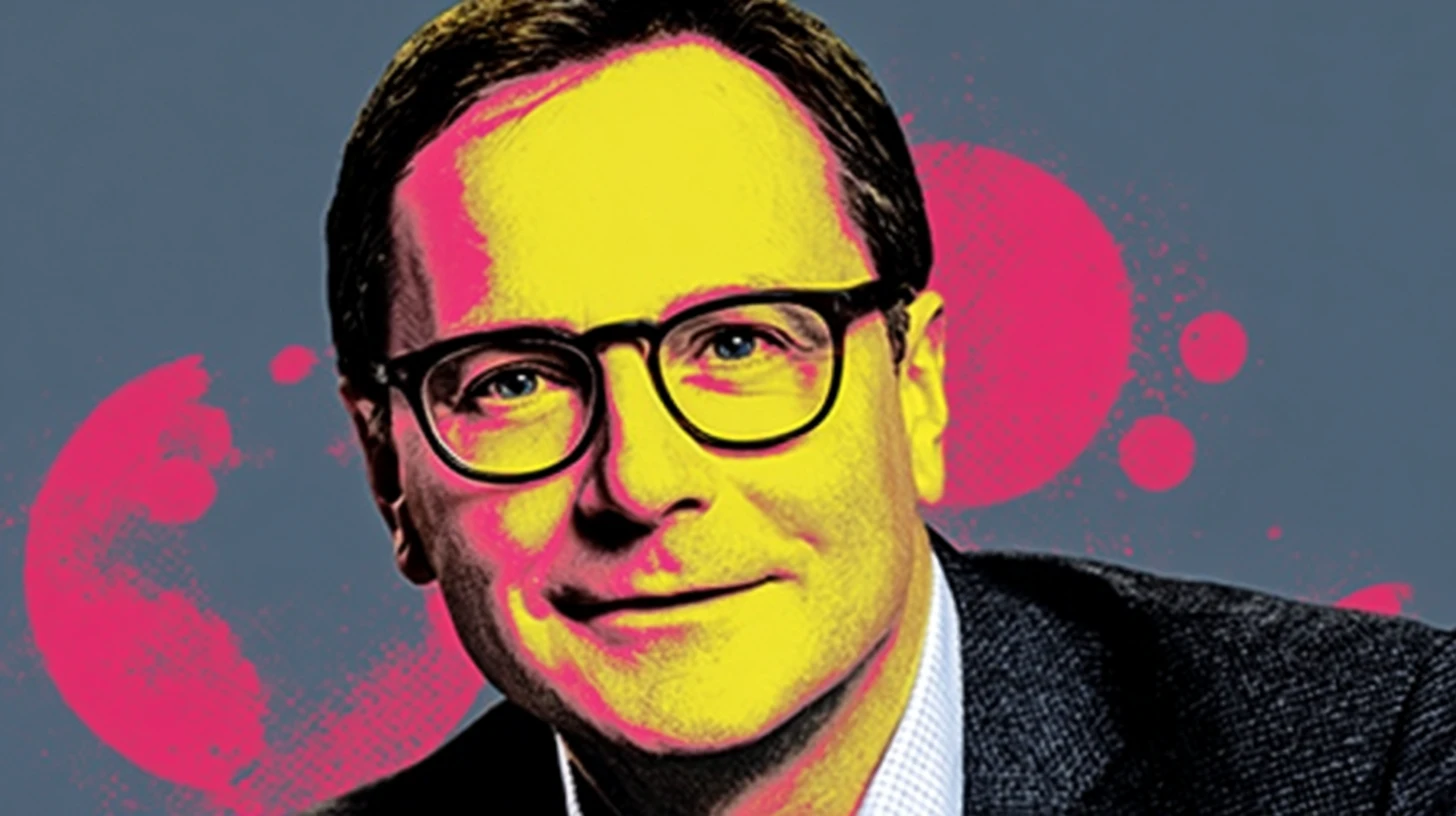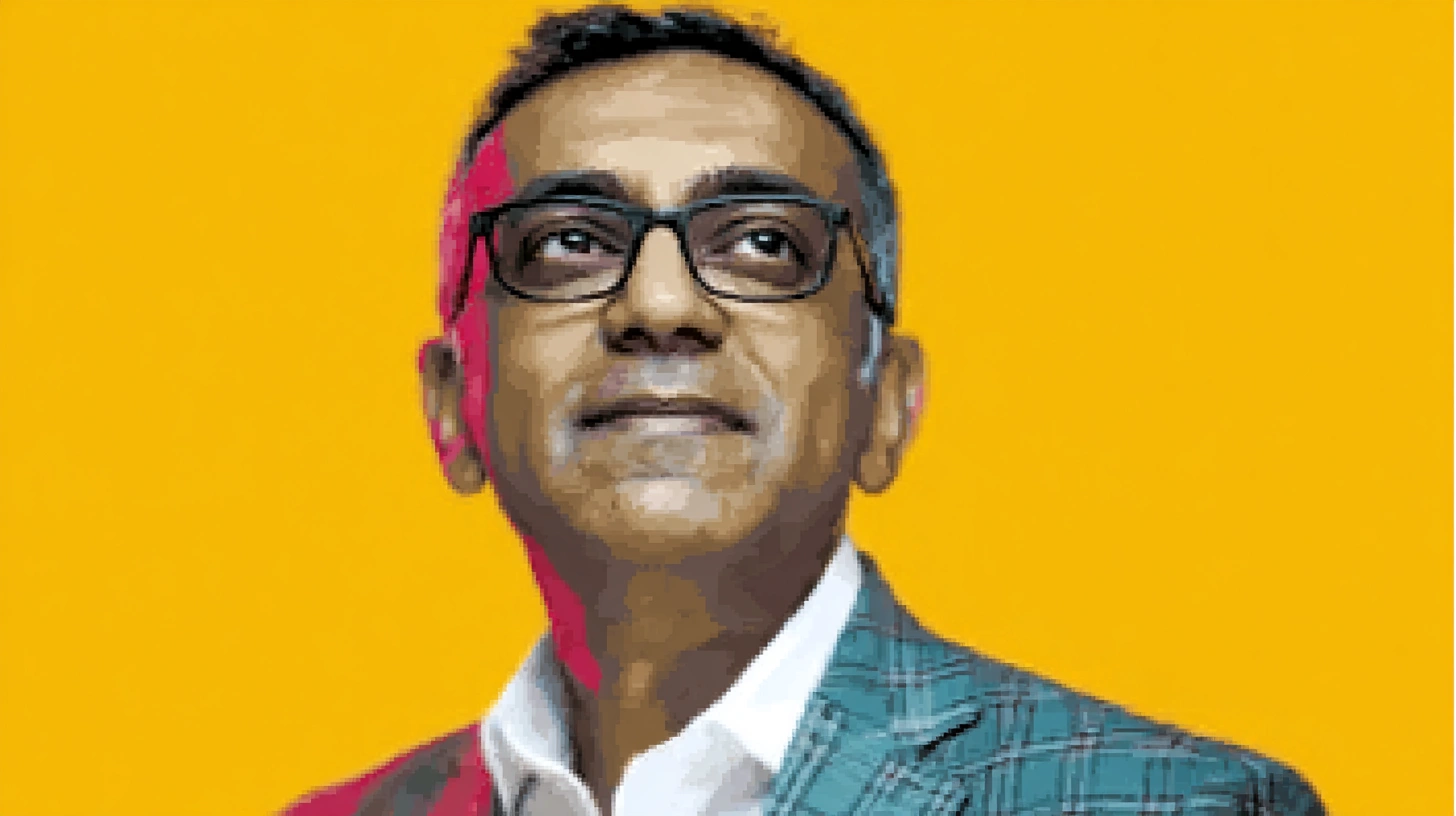.webp)
© History Oasis

1994-2003
John Stanton launched a wireless revolution. Working from the ground up, this former McCaw Cellular executive saw something others missed. Digital could beat analog, and customer service could win markets.
His VoiceStream Wireless began with a simple promise: “Get more from life.”
While competitors focused on coverage maps, Stanton focused on customer experience. He chose GSM technology when others stuck with older systems, betting on international compatibility and superior call quality.
Stanton built the foundation that would become T-Mobile USA, then sold it to Deutsche Telekom for $35 billion.

2003-2010
From Pepsi to Pink.
Dotson transformed T-Mobile from a telecom company into a lifestyle brand. This PepsiCo veteran understood in wireless that perception is everything.
His secret weapon? Jamie Lee Curtis.
Dotson greenlit the “GET MORE” slogan, which became the company’s philosophy. Dotson made T-Mobile the scrappy underdog that actually delivered on its promises. Under his watch, T-Mobile became America’s fastest-growing wireless carrier.
While others sold minutes and megabytes, Dotson sold dreams. He positioned T-Mobile as the carrier that cared about customers, not contracts.
Seven years of steady growth. You couldn’t ask for a better track record.

2010-2012
Humm arrived during T-Mobile’s darkest hour. The company was bleeding customers, AT&T wanted to buy them out, and morale was at rock bottom.
This German executive had one mission. Survive.
For nearly a year, Humm’s hands were tied by the pending AT&T acquisition. When regulators killed the deal, he had to rebuild from scratch with a $4 billion network investment.
After leaving T-Mobile, Humm did something unprecedented for a telecom CEO. He became an artist.

2012
The Interim leader who kept the lights on.
When Humm suddenly resigned to join a competitor, someone had to steady the ship. Enter Jim Alling, the COO who stepped up when T-Mobile needed stability most.
His tenure was brief but crucial.
Alling oversaw the $4 billion network overhaul. He prepared for LTE. And didn’t let the company implode during a leadership transition.
He maintained momentum during uncertainty and set the stage for what came next: the Un-carrier revolution.

2012-2020
The telecom CEO who broke every rule.
John Legere didn’t just change T-Mobile, he reinvented what a wireless CEO could be.
Magenta hair. Leather jackets. Cooking shows on Facebook Live.
This wasn’t your typical corporate executive.
Legere eliminated contracts, simplified pricing, and picked fights with Verizon and AT&T on Twitter.
The stock prices tell the story. $9.73 to $90.80. Customer satisfaction went through the roof during his tenure. Legere transferred T-Mobile from a laughingstock to a leader in the pack.
From near-bankruptcy to industry disruptor in eight years. That’s the Legere legacy.

2020-Present
At age 10, Mike Sievert delivered newspapers to buy his first computer. For five years, he ran America's second-largest wireless network.
That's the American dream, wireless-style.
He completed the Sprint acquisition. Built America's first standalone 5G network. And kept the Un-carrier momentum alive without Legere's theatrical flair.
While others chased quarterly numbers, Sievert played the long game. He made it his mission to dominate 5G because T-Mobile was "miles ahead."

2025-Present
As of the time of this writing, Srinivasan Gopalan will become CEO on November 1, 2025, marking T-Mobile's planned leadership evolution.
Gopalan previously served as Chief Operating Officer and led Deutsche Telekom's Germany business, where he scaled fiber networks and drove growth.